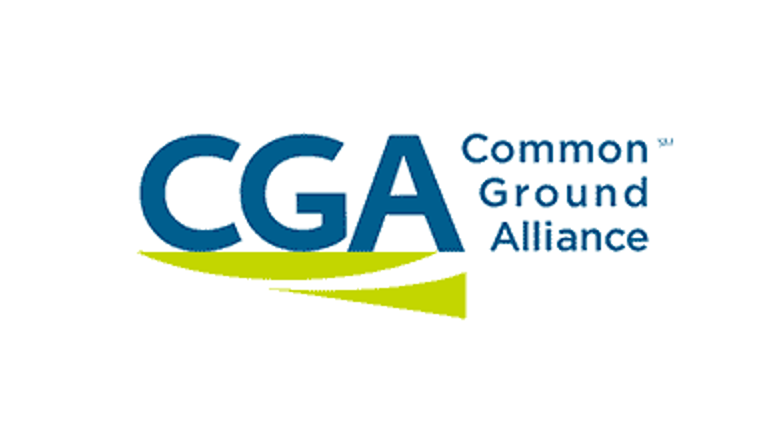Protect Your Crew with Trench Shoring and Shielding Systems

“Trench safety is not complicated, and it can mean the difference between life and death for your crew,” says Mike Ross, Efficiency Production Inc.’s National Training Director. “There are a lot of resources available, particularly from trench shoring and shielding manufacturers, so there’s no excuse to not practice trench safety.”
OSHA requires a protective system such as sloping, shielding or shoring for any trench or excavation more than 5 ft deep. These devices protect workers and stabilize the soil around nearby structures or foundations, which can also help reduce restoration and cleanup costs.
Contacting a trench shoring and shielding manufacturer or dealer is the best place to start your journey. There, they can help assess your project requirements and outfit you with a safe and OSHA-compliant system for your needs.
“Shoring companies are required to accompany all of their trench shield and shoring equipment with tabulated data,” says Ross. “The tabulated data sheet stipulates the engineered restrictions of the device or system depending on the soil conditions — Type A, B or C — as classified by OSHA’s standards. As long as a contractor abides by the tabulated data and keeps a copy of it at the worksite while the system is being installed, then he or she is compliant with OSHA.”
Buy or Rent?
The decision to purchase or rent lies in two main considerations: how often the system is used and if certain sizes/configurations are consistently needed.
“If the same quantities and sizes of shoring will be required for an extended period of time or on multiple projects, and the contractor is prepared to handle any repairs and maintenance, then purchasing might be the best option,” says Kevin Malloy, President of Trench Shoring Company. “However, if the duration of use is short or the size and type of shoring required is constantly changing, which is typically the case, then renting may be the better option.”
David Dow, Co-founder and Vice President of TrenchSafety and Supply Inc., adds, “If the contractor, utility or municipality does exactly the same type of work, in the same size excavation, on every job, the decision is easier. One particular size of shoring system might meet all their requirements. On the other hand, if there is job-to-job variation, the decision becomes much more difficult, and the contractor, utility or municipality might need multiple systems to meet the variations in work.”
As both Malloy and Dow point out, the size of shoring may change from project to project so rental can assist in having the correct fit for the job at hand. This is incredibly important to avoid unsafe conditions on a jobsite.
“Using the wrong-sized piece of equipment — trying to ‘make it fit’ — can expose workers to significant safety hazards,” says Dow. “So renting the right-sized equipment can reduce injuries and even save lives.”
Mitch Post, Training and Development Manager for Mabey Inc., offers some additional advantages of renting a system:
- Pay for the equipment only when you need it.
- Avoid financing the purchase of equipment that will not be used often.
- Avoid storage and maintenance costs.
- Avoid the capital cost of equipment on your company’s balance sheet and significantly improve your return on investment.
- Free up capital for other more strategic projects.
- Choose from newer inventory with the most advanced equipment available.
- Receive on-site technical support.
- Receive P.E.-certified plans on engineered projects.
- Receive tabulated data for trench box panels.
Training Time
After acquiring a system — whether through purchase or rental — it’s important to know how to properly use it. Training is key to ensure crews are using the system correctly and working safely in a trench.
“A big misconception is that excavations protected by one of the OSHA-approved methods [sloping, shielding or shoring] are inherently safe,” says Post. “Unfortunately, this isn’t always the case. In OSHA’s landmark 10-year excavation study of fatalities, 24 percent of those deaths took place in excavations with protective systems installed incorrectly. Training is imperative to remain safe.”
OSHA requires that all trench and excavation work is supervised by a trained “Competent Person” (CP). This person is responsible for ensuring employees are trained on the proper use of trench shoring and shielding systems. To become a CP, a worker must complete the necessary training. According to Dow, a comprehensive Competent Person training course requires six to eight hours of detailed instruction and practical training, including information on the general requirements, soils analysis and classification, the selection process for protective systems and a thorough review of the OSHA Standards and Interpretations.
Want to become a CP or need training resources for a crewmember? Quality training is easy to find, thanks to shoring and shielding rental and sales companies, industry trade associations (like NUCA) and safety-training consultants. For example, every source in this article offers trench and excavating training.
Trench and excavation work is among the most dangerous tasks on a utility contractor’s to-do list. With the proper equipment — such as a quality trench shoring or shielding system — and the right training, every worker can do his or her job and head home safe every night.
Pam Kleineke is Managing Editor of Utility Contractor.




